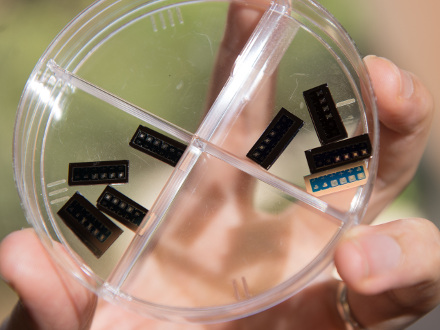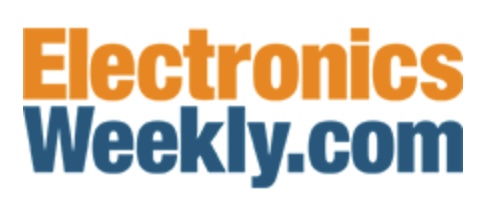Weebit Nano has licensed Korean foundry DB HiTek to use Weebit ReRAM in its customers’ designs.
Weebit ReRAM will be available in DB HiTek’s 130nm BCD process – suitable for many analogue, mixed-signal and power designs.
For these applications, Weebit ReRAM provides a low-power, low-voltage, cost-effective NVM that is easy to integrate and has proven excellent retention at high temperatures.
is easy to integrate and has proven excellent retention at high temperatures.
“DB HiTek’s customer base can gain significant advantage from using Weebit ReRAM in their new product designs, including improvements to retention, endurance, and power consumption,” says Weebit CEO Coby Hanoch, “we are expecting to sign further commercial agreements, including many of the top-tier foundries and integrated device manufacturers as well as fabless design companies, in the coming months.”
As a back-end-of-line (BEOL) technology which does not require process tuning, ReRAM offers significant advantages over flash for BCD processes. Weebit ReRAM also provides higher density and endurance than conventional Multi-Time Programmable (MTP) technologies.
The agreement includes technology transfer, qualification, and licensing. In addition to its 130nm BCD process, DB HiTek has the option to use Weebit ReRAM technology for other process nodes.
“Weebit ReRAM will provide customers using our 130nm BCD process with a very low-power, high-density and cost-effective NVM,” says Ki-Seog Cho, CEO of DB HiTek.
Under the technology transfer and qualification agreement, Weebit and DB HiTek will immediately cooperate in transferring Weebit’s embedded ReRAM technology to a DB HiTek production fab and then continue to qualify the technology towards volume production.
The technology licensing agreement grants DB HiTek a non-exclusive license to manufacture Weebit ReRAM as embedded NVM in designs from customers globally.
DB HiTek will add Weebit’s memory module to its BCD 130nm Process Design Kit (PDK). DB HiTek customers can use the standard modules in the PDK or have modules customized for their needs.
Weebit will receive manufacturing license fees, project use fees and royalties based on production volumes.
